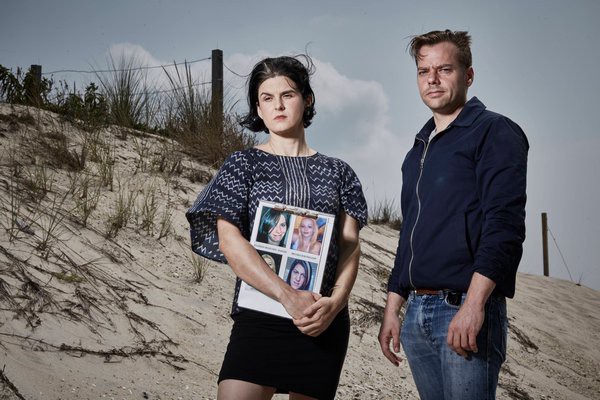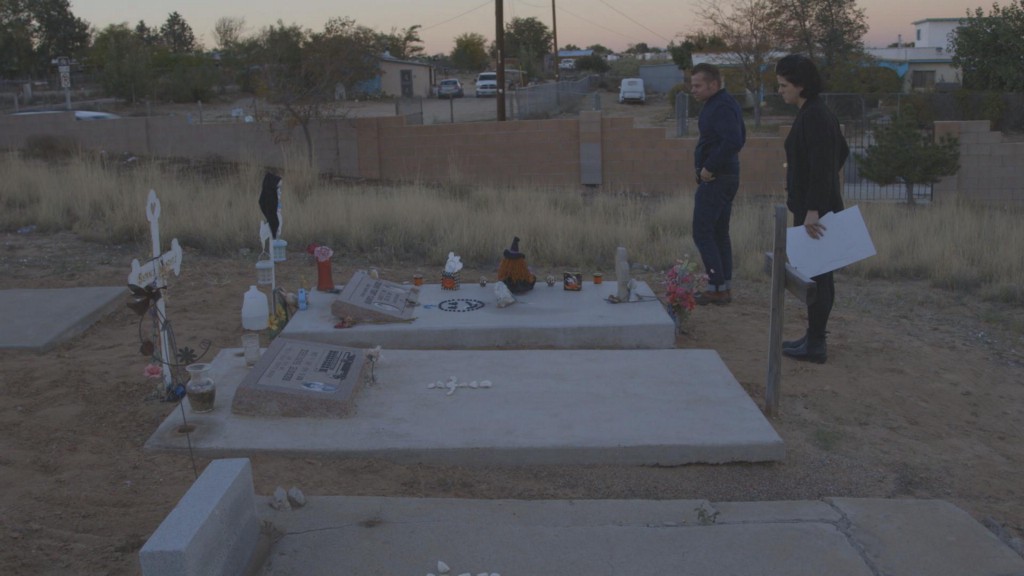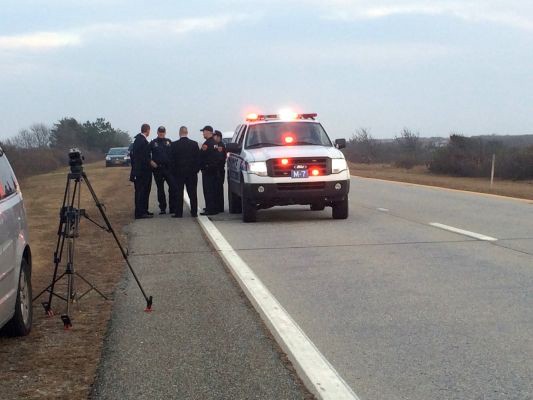
The new docuseries “The Killing Season,” on A&E, will feel familiar to anyone passingly acquainted with true-crime shows. Its ominous music, abrupt cliffhanger commercial breaks, and melodramatic language make it feel cheesier than recent, related fare like “Making a Murderer” and “Serial.” Still, it tackles a subject potentially more taboo than any of those other high-profile series: society’s disregard for murdered sex workers. Unlike Hae Min Lee, Meredith Kercher, or Teresa Halbach, nearly all of the women featured here were prostitutes — a designation that, the series finds, is one of the main reasons so many of the murders are still unsolved.
Rachel Mills and Joshua Zeman begin their story in Long Island, following the still-unsolved case of the Long Island Serial Killer, or “LISK,” as he’s referred to by law enforcement and armchair sleuths (who will come to play a large role here). The killer is thought to have killed 10, and possibly as many as 17, victims and placed their bodies in various beach-side locations, predominantly Gilgo Beach.
In one interview after another with the family members of victims, we learn that police routinely failed to investigate the disappearances of women who were known prostitutes. “No one cares about the sex world,” says the mother of Megan Waterman, one of the women whose bodies were found along the road near Gilgo Beach. “They just think they’re dirty, scummy people.” As exhibit A, she tells the filmmakers it took the police a month to investigate her daughter’s disappearance after she reported it. Another woman whose remains were found in the area, an escort named Shannan Gilbert, is dismissed as a victim by the police, who speculate that she got lost in a marsh and drowned there — despite her family’s incredulous resistance to this theory.

Zeman, who previously directed the chilling Staten Island missing-children documentary “Cropsey,” was initially drawn to the LISK story because of a curiosity about why, in 2013, the murders were still unsolved after two years, and remain so today. Equally disturbing, he and Mills quickly find the sex worker trade on Craigslist is as busy as ever in the area, despite the killer still being, presumably, on the loose. Their probe into a dramatic case also becomes an investigation into the painful lives of the women who, as Zeman says, were/are operating in a world where any client call they took could be their last. The filmmakers serve as drivers for one Long Island prostitute who calls herself “Super” in exchange for information about what the daily routine is like for a woman working in what they come to refer to as the killer’s “hunting ground.” They begin to worry when she’s not back after the appointed hour; though their concern feels somewhat amped up for the cameras, it still illustrates how quickly their subject could simply vanish.
When these women do vanish, their bodies are eventually found but often not identified, the series finds. As women who work off the grid — not reporting within any traceable work system, and often estranged from members of their families — they are among the most vulnerable people in the population.
Mills and Zeman gradually expand their focus across the country as they work with professionals and amateurs who’ve been studying the LISK case for years. They find that the proliferation of armchair sleuthing has actually led to new breaks as people with too much time on their hands sift through thousands of legal documents looking for the tiniest of clues. One German amateur serial killer expert, Peter Brendt, offers his own lurid theories about the Long Island killings, speculating that the stretch of bodies found along Gilgo Beach is actually attributable to multiple people: “You are not dancing with one serial killer,” he says. “You are dancing with two.” I don’t know if he came up with that one on his own, but it’s just one of the examples of dialogue that veers into the slightly ridiculous and detracts from the seriousness of the subject at hand.
“The Killing Season” looks likely to attract a true-crime crowd hungry for new cases to unpack, and it may do the additional work of drawing needed attention to sex workers and the perils they face — an ongoing tragedy in which law enforcement seems largely uninterested. For that, I can forgive it for resembling, at times, any given episode of “Law & Order: SVU.”







